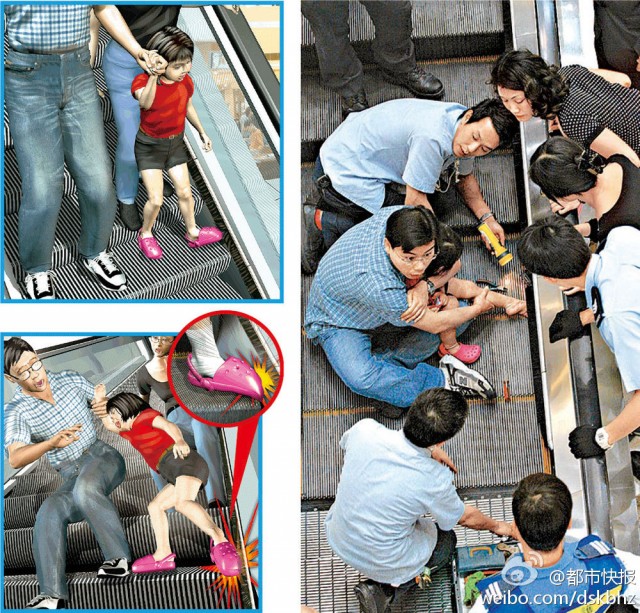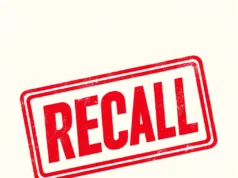
Massachusetts Federal Court Holds Japanese Escalator Accident Study Inadmissible for Lack of Authentication and Demonstrated Connection to Facts of Case, Defendant’s Introduction of New Shoe Design in Response to Study Inadequate to Show Superiority of New Design.
In Geshke v. Crocs, Inc., 2012 WL 3877620 (D. Mass. Sep. 7, 2012), a child was injured when her sandal-design shoe got caught in an escalator. Notwithstanding multiple signs near the escalator alerting pedestrians to “avoid sides,” and “keep tennis shoes away from sides” and specifically warning parents to “attend children” and “PARENTS – Your children must obey these rules,” the child boarded the escalator standing all the way to its side and several steps in front of her parents.
As the escalator descended, the child’s right foot became caught between the moving step and the escalator’s side skirt, contorting her foot upside down at a 90-degree angle.
Thereafter, the child’s mother sued the shoe’s manufacturer in the United States District Court for the District of Massachusetts for negligence and breach of the implied warranty of merchantability (the Massachusetts near-equivalent of strict liability), among other claims, alleging design defects and failure to warn of the shoe’s dangers to young children riding escalators.
The manufacturer moved for summary judgment arguing that plaintiff’s failure to support her design defect claim with expert testimony precluded a finding of liability and her disregard of the conspicuous signs posted near the escalator precluded any finding that a warning by the manufacturer would have prevented the child’s harm.
To establish her design defect claim, plaintiff sought to forego expert testimony and rely instead on the manufacturer’s “own admissions” that a safer alternative design existed and allegedly “irrefutable” findings of the Japanese Ministry of Economy, Trade and Industry (METI) based on a study by Japan’s National Institute of Technology and Evaluation (NITE). The study analyzed various types of footwear and their relation to escalator entrapment and determined that a sandal design figured in virtually every
reported instance of shoe entrapment. In the wake of the study, METI requested that defendant re-design its shoes to incorporate a harder material to better guard against the danger of entrapment, and defendant in fact did so, releasing in Japan a new children’s shoe using harder material and accompanied by an escalator warning hangtag. Plaintiff maintained that defendant had conceded the existence of a safer and feasible alternative design by releasing the new shoe in response to the METI-NITE findings.
The court did not find plaintiff’s reliance on this evidence sufficient to survive the manufacturer’s motion for summary judgment. The court held the METI-NITE study would be inadmissible at trial because the report had never been properly authenticated
and plaintiff offered no evidence, by expert testimony or otherwise, to connect the report to the specific facts of the case. For example, there was no identification of the make or model of the shoes involved in the study, the escalator model specific to each entrapment, the sandals’ contact location, the specifications of the individual shoes and/or the angle of entrapment. While it was undisputed the manufacturer had introduced a new design in response to the study, plaintiff offered no evidence the new design was in fact safer for children riding an escalator, and therefore, evidence of the mere existence of the new design, without more, was insufficient to survive summary judgment.
As to plaintiff’s failure-to-warn claim, the court held that, in light of the myriad signs posted near the escalator entrance, an “earlier redundant warning” by the manufacturer would have done nothing to avert the child’s accident. Accordingly, the court allowed the manufacturer’s motion for summary judgment.







